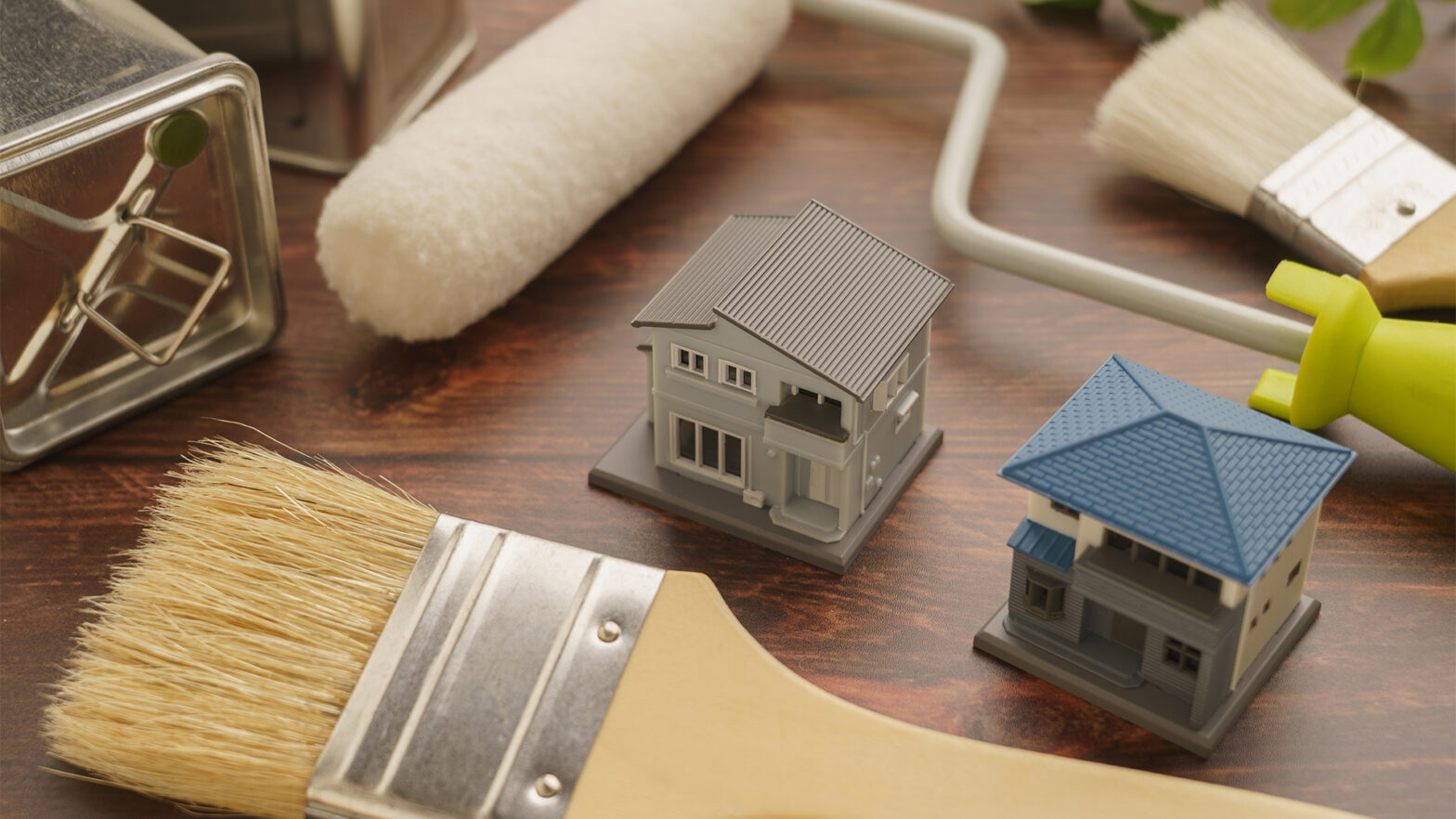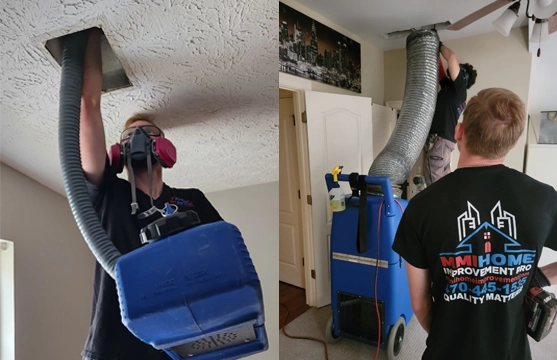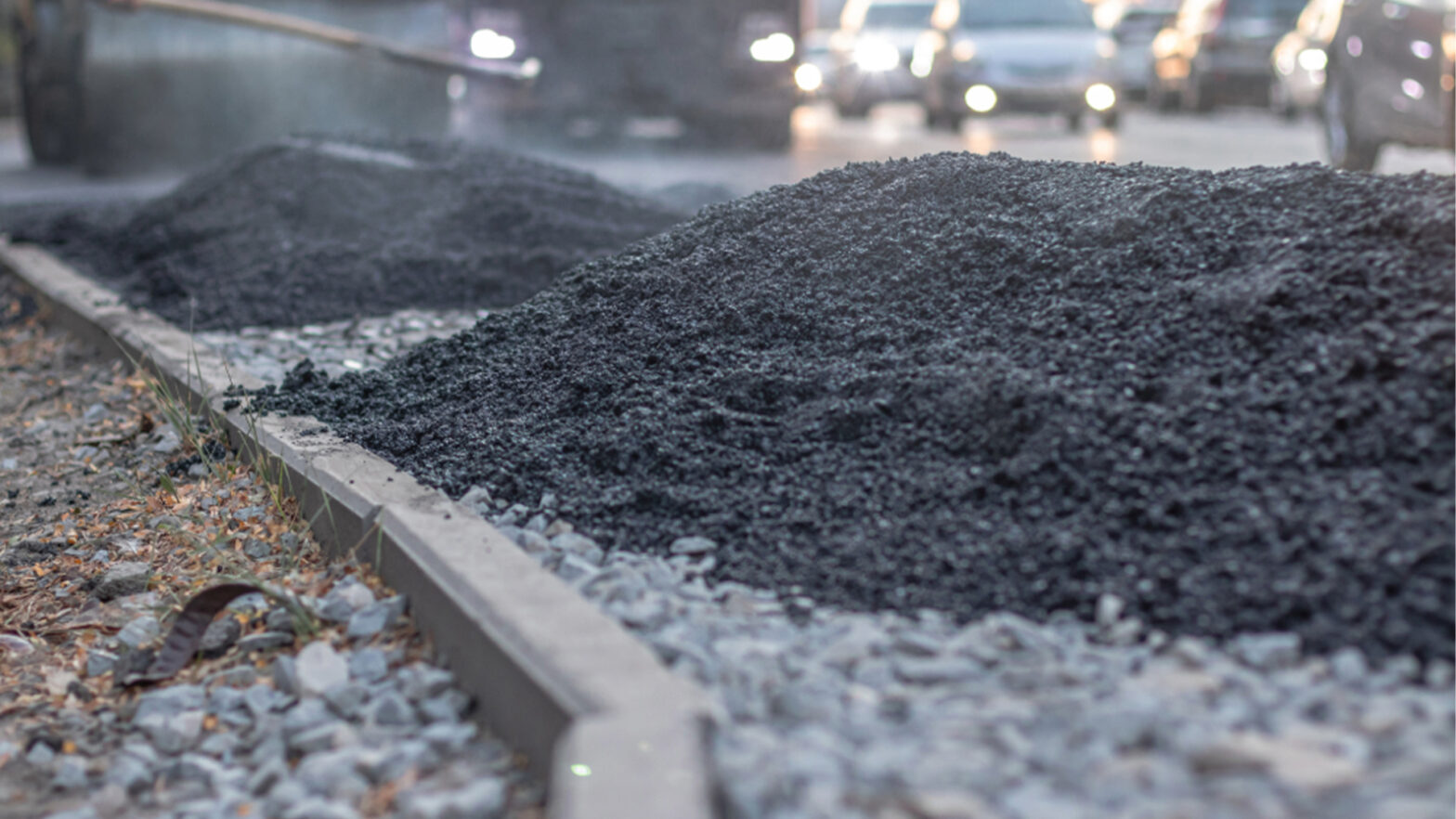Everything You Need to Know About Flat Roof Installation Process
Most buildings today have one or multiple flat roofs because they are modern, easy to install, and allow for efficient use of more space than sloped roofs. Compared to pitched roofs, flat roofs allow for the creation of a flat platform that can be used in some way, whether a garden on the roof or a permanent living area on the roof. However, placing a flat roof also has challenges that need to be sorted out carefully because of the problems arising from constant weather conditions and other related factors.
Here, we will focus on the procedures of flat roofing Calgary, from preparation for putting on the roofing system to details on finishing off the roof.
Preparation
Preparation is very important as it also creates room for other phases that form part of the successful installation. The existing structure of the building is surveyed in an attempt to determine the possibility of fixing a flat roof structure on it. This concerns assessing the load factor and stresses and guaranteeing that the construction can bear the roofing and any other load that might be encountered, such as snow and rooftop equipment.
With structural safety in place, the next process is to pre-cure the roof deck. This involves cleaning the surface by pruning off leaves or any other debris, scraping off all the existing roofing material, and washing off all contaminants that may hinder the proper bonding of the new roofing system. At this stage, all the repairs to the existing roof deck where previous fixings have compromised the integrity of the deck, holes that previous fixings have created are filled, or sections of the roof deck that have been severely damaged are replaced. Heating and ventilation systems are then provided to ensure the energy status of the construction is optimized, as well as to give support to roofing systems. There are two main ways by which the insulation boards are fastened: mechanical attachment and adhesives, depending on the type of insulation and the roofing system that is being installed.
System Installation
Nothing can be as fulfilling as to see the roofing system being installed. When the preparation is done, the chosen flat roofing system installation can commence. Some of the major classes of flat roofing systems are built-up roofing, or BUR, and single-ply roofing, which includes the TPO or thermoplastic polyolefin or the EPDM which stands for ethylene propylene diene terpolymer and the modified bitumen. Every implementing system has a certain procedure, except that there are similarities between them.
In the case of built-up roofing, felt underlayment or plies of bitumen and fabrics used to construct a tough and well-sealed roof surface are applied in turns. This method incorporates hot bitumen in a liquid state to be applied on the roof deck, and then a layer of the reinforcing fabric is incorporated. Once done to the required thickness and compressive strength, it is reheated for the next layer to be laminated onto it. This layer of gravel or mineral granules can be placed to shield the surface from the effects of UV and mechanical wearing.
The other class of membranes is the single-ply membrane systems, which entail the laying down large continuous widths of the membrane material over the roof deck. These membranes are often bonded to the deck using various adhesives, fastened mechanically, or ballasted with gravel. Jointings of the sheets are done with heat welding or adhesive to warrant an airtight joinery. The major benefit of single-ply membranes is that they are flexible and can be installed easily, making them common for most flat buildings.
BUR systems can be modified with bitumen to enhance the fabric’s properties, benefiting single-ply membranes and fully adhered systems. These systems are composed of factory-produced multiple plies of asphalt coated with a plastic or rubber polymer, which are laid down over the roof deck. The layers are then melted using flame, heat bonded/append, or fastened to develop a continuous, long-lasting roofing membrane.
Final Finishing Touches
Once the roofing system has been put into place, various finishing touches are added to complete the sealing of the entire roof for use. This encompasses shielding of penetrations, for example, the vents, the skylights, and the HVAC units, by applying the knowledge of the courses of action best taken, the provisions of the appropriate kinds of relentless courses of action to prevent water infiltration when the shelter that is to be built is to be configured. Flashing can be metallic or membrane material; it is installed and fastened tight to prevent water infiltration at the joint.
The processes involving installing edge details and roof drainage systems follow. This involves putting up parapet walls, drip control edges, and gutters to facilitate the right water drainage to the downside of the roof. Drainage is also critical when it comes to flat roofs since accumulated water may cause faults and cracks on the roof in the long run.
A roof system check is done, and every component is checked to ensure it has been installed and works as expected. By adhering to these fixations, necessary modifications or fixations are made to ensure the flat roof is durable and efficient.
Conclusion
The installation of a flat roof is a tedious process that involves thorough planning, executing the work with proficiency and diligence, and exercising a higher order of precision. Each process, from the preparation of the roof deck to installing the roofing system and everything up to the final touches, follows a very critical process. This makes the roof durable, weather resistant, and has excellent operational capacity. A flat roof installed per professional protocol and with excellent materials can offer shelter and usable space for quite a long time in the foreseeable future. Modern architecture trends may change with time, but flat roofing still serves as a viable solution by covering contemporary architectural trends while at the same time serving the intended practical purpose.

































